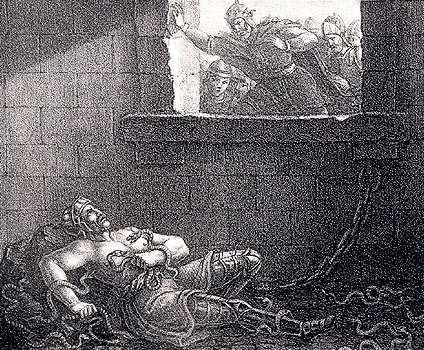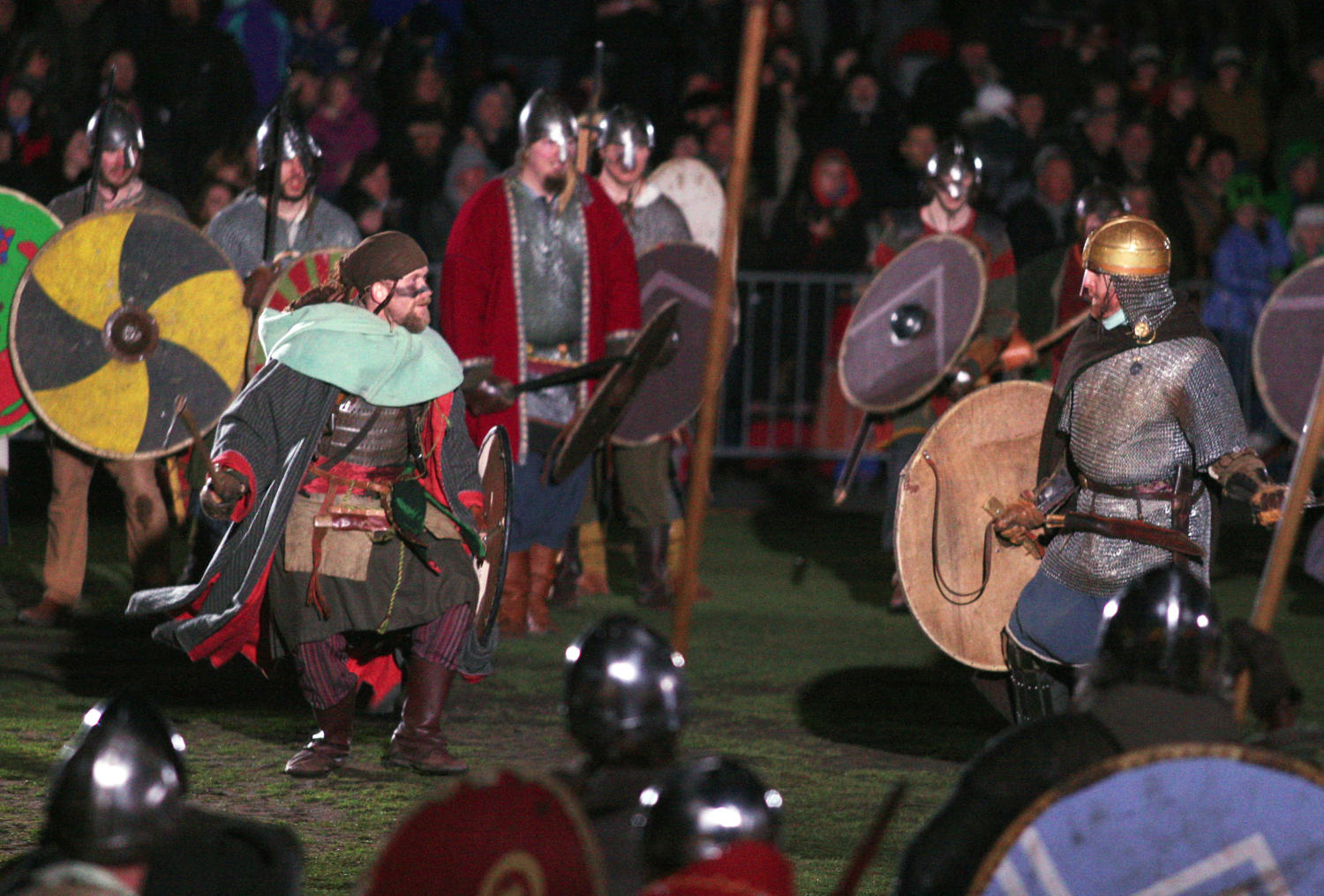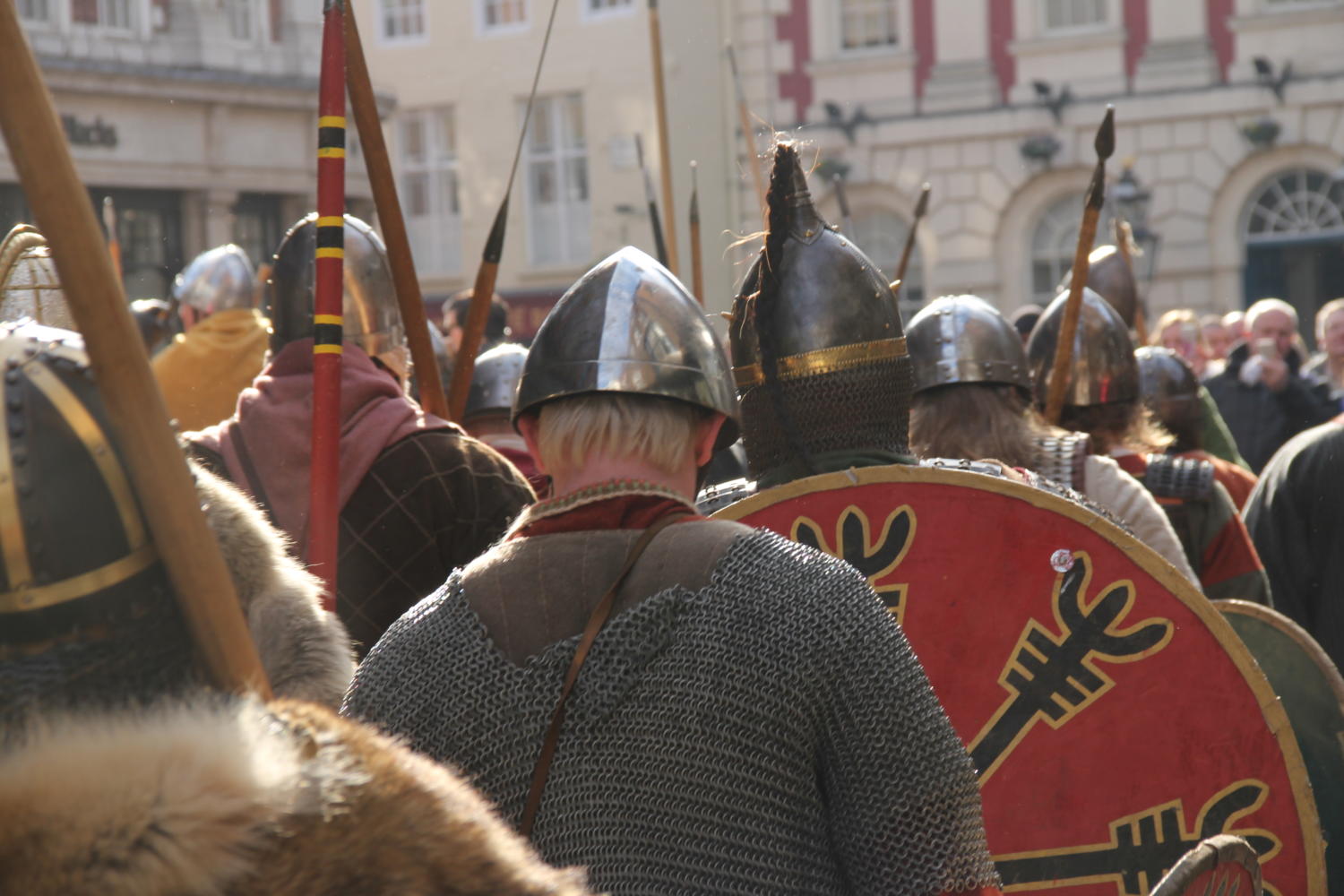Everyone who’s ever picked up a York-related history book knows one thing for certain: that York’s origin is really a tale of two cities—Roman “Eboracum” and the Viking city of “Jorvik.” While we might cover York’s Roman remains another month, for now, we think it’s about time to revisit our Nordic past, especially with the city’s annual Viking Festival just around the corner.
Led one of the great Vikings of legend, the first Norse escapade into York actually ended in embarrassing defeat. You may have already heard of the leader: Ragnar Lodbrok is so famous that he has an entire saga, and an award-winning primetime TV drama based on his life!
The reason that the Vikings were able to so successfully wreak havoc on the English coast in the Early Middle Ages was due to their vastly superior seamanship. Their iconic Viking Longboats were robust enough to survive the winds of the North Sea and yet still agile enough to sail inland through England’s vast network of rivers.
After years of Viking raids on outlying coastal settlements like Lindisfarne (now Holy Island), the Vikings and Ragnar Lodbrok were well known to King Aella, who was the ruler of the part of northern England that contained York.
While much of the life of Ragnar is debated by historians, legend has it that Ragnar’s company shipwrecked somewhere on the Yorkshire coast and made a beeline down the Ouse for York, where they were overwhelmed by Aella.
The English Saxon king captured Ragnar and sentenced the Viking to death by throwing him into a pit of poisonous snakes! It may sound like the final act of an Indiana Jones film, but this is really what the Saga of Ragnar’s life says happened.

What King Aella didn’t anticipate though, was that just before the poisonous serpents sunk their fangs into Ragnar, the Viking uttered these words, “How the little pigs would grunt if they knew how the old boar suffers!”
While the message may sound a bit ominous (as I can’t imagine many of us would be thinking about swines in our last seconds on earth), but basically the Viking warlord used his final breath to curse King Aella and prophesise that his sons would one day return to seek vengeance against the Saxon king. His sons are the “little piggies” in question and Ragnar is the “Boar.”
Whether the curse is true or made-up, King Aella would certainly meet a brutal end at the hands of Ragnar’s son Ivar the Boneless.
To see how Ragnar’s curse went on to shape the face of York forever, we need to skip ahead a few years.
In 865AD, some eight years after death of Ragnar Lodbrok, the largest Viking invasion force in history arrived on the shores of England. Unlike all previous Viking hordes — who arrived in small numbers and stole as much treasure from monasteries and smaller settlements as they could fit on their ships before returning home — these invaders were here to stay. The force, known by chroniclers as ‘The Great Heathen Army’, was headed by Ragnar’s three sons, Ivar, Ubbe, and Halfdan; but also included a vast coalition of the armies of different Norse kingdoms from all across Scandinavia.
Legend says they joined together to avenge the death of the legendary Ragnar, but it’s far more likely that a coordinated attack of this size was down to a shared desire to conquer England.
Whatever their motivations, the army landed in the Kingdom of East Anglia (near Norwich) and soon made their way north to York. By 866AD the city was in Viking hands. King Aella’s defences were easily overrun by the Vikings; and the old Roman city was given a new name — Jorvik.
As predicted, Ragnar’s son Ivar the Boneless properly took his revenge on Aella, torturing him to death, before taking the city of York for himself. Ivar and his descendants would rule from York for at least the next 50-years, and (with a few brief exceptions) Vikings would control the city right up until William the Conqueror’s invasion of 1066.

The invasion of the Great Heathen Army isn’t just an important event in York’s history, it is a key changing point in the story of the entire United Kingdom. It marks the moment at which the Vikings ceased to be a temporary coastal nuisance to English Saxon kings and began to become English Kings themselves.
Since they ruled over our city for so long, there can be no doubt that as residents of York we are as much descended from the Vikings as we are the Saxon English. There’s an interesting thought!
If we’ve inspired you to learn a bit more about your connections to Viking age York then make sure to check out the Jorvik Viking Festival. It takes place from the 17th until the 23rd of February and more information is available at www. jorvikvikingfestival.co.uk.









David Peter Bailey
15 Jan 2025 at 11:54Viking
Add a comment